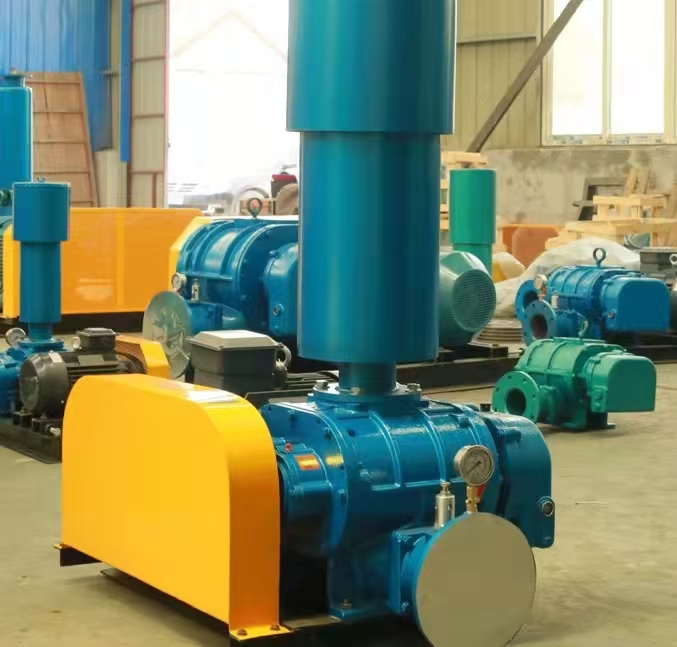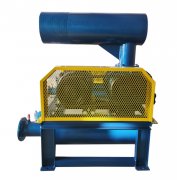Complete list of Roots blower models and parameters: no longer confused about selection
Dear friend, are you having a headache choosing a Roots blower? Faced with a dazzling array of models and specifications, I don't know where to start? Don't worry, today we will sort out this confusing problem together.
Why is it so difficult to choose?
There are three main pain points for selecting Roots blowers:
-The naming rules for models are not uniform, and each manufacturer has its own system
-There are numerous parameter indicators, such as flow rate, pressure, power, etc., which can be overwhelming
-There are diverse application scenarios and significant differences in requirements for different working conditions
2 Common Model Analysis
The mainstream Roots blower models typically include the following information:
-Series codes: such as L, D, etc. represent different structures
-Rotor diameter: Numbers such as 50, 80, 100 represent rotor diameter (mm)
-Speed identification: Some models will indicate the speed level
-Special features: Additional letters will be added if equipped with a muffler, variable frequency control, etc
Detailed explanation of 3 key parameters
The four most important parameters to consider when selecting:
-Flow rate (m3/min): determined by calculation based on process requirements
-Pressure (kPa): Consider system resistance and working pressure
-Power (kW): affects energy consumption and operating costs
-Speed (r/min): directly related to noise and lifespan
4 Practical Suggestions for Selection
Based on years of experience, I have summarized three practical techniques:
-Reserve 10-15 extra flow to cope with fluctuations in operating conditions
-When selecting pressure, consider pipeline losses instead of just looking at terminal requirements
-Prioritize the selection of products with high energy efficiency ratings, as long-term operation is more cost-effective
5 Special application precautions
Special attention should be paid in some special situations:
-Transporting corrosive gases: special materials need to be selected
-High temperature environment: Consider heat dissipation and material temperature resistance
-Explosion proof occasions: Explosion proof certified models must be selected
Remember, selection is not simply about comparing parameters, but requires comprehensive consideration of process requirements, operating environment, and long-term costs. I hope this guide can help you clear the fog and find the most suitable Roots blower!



